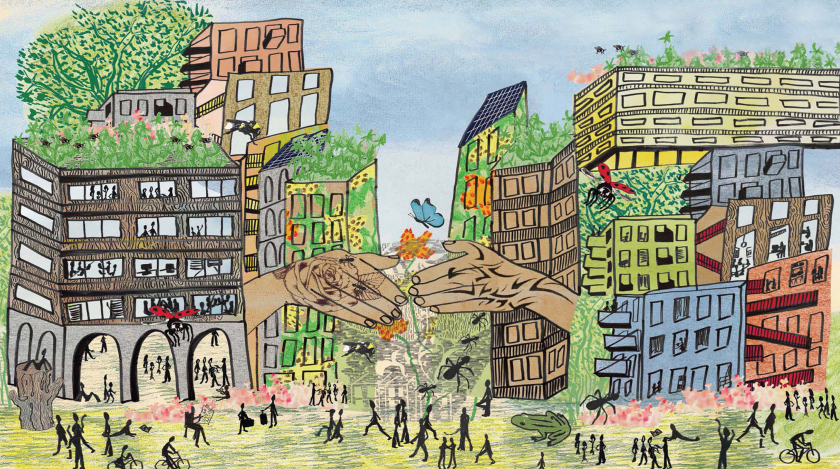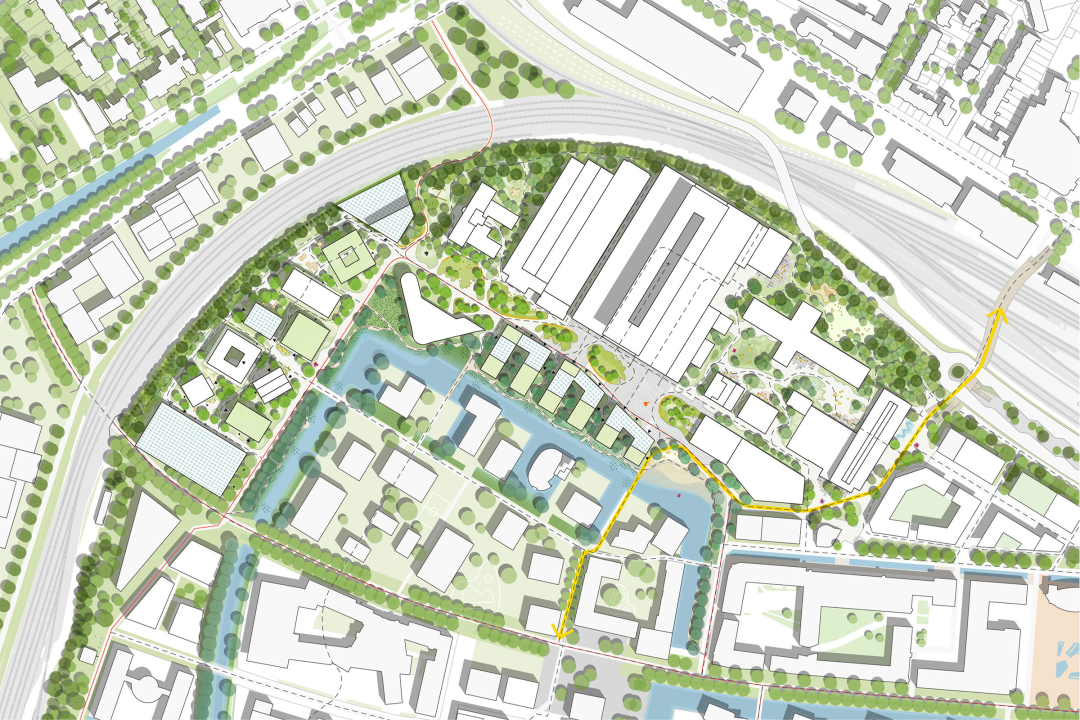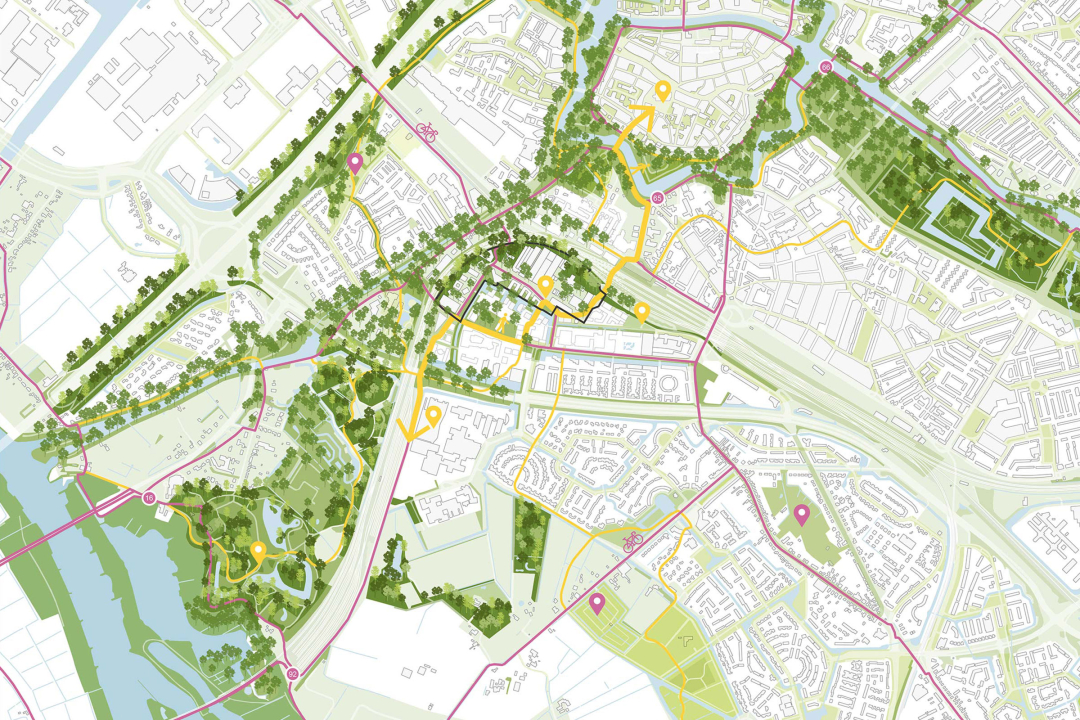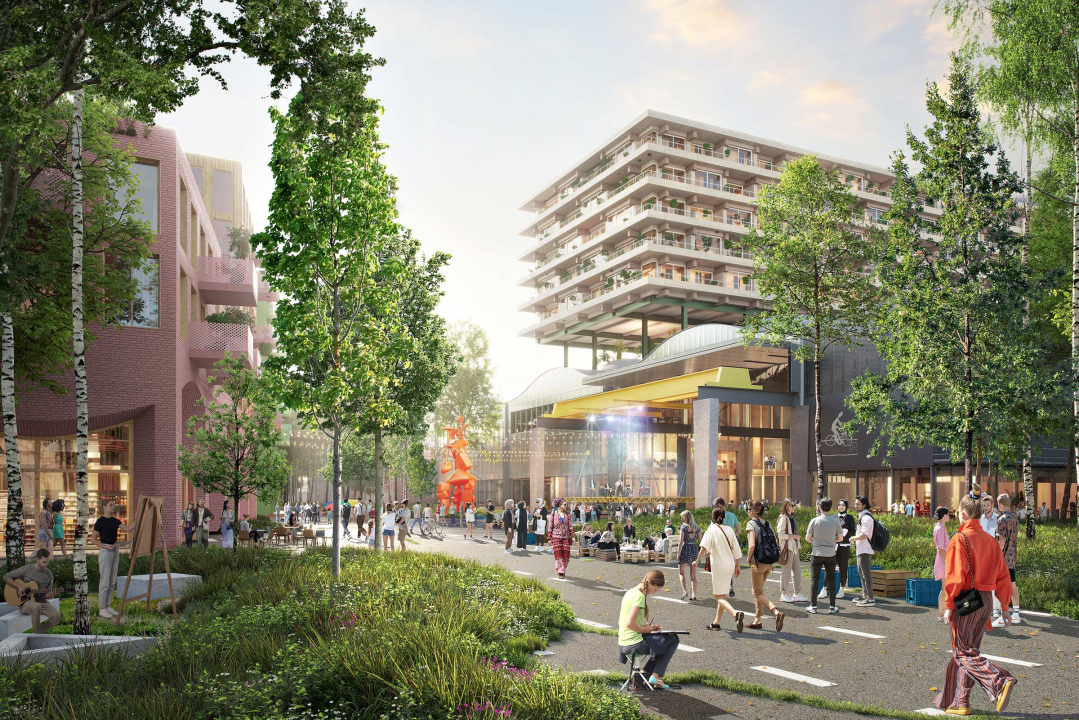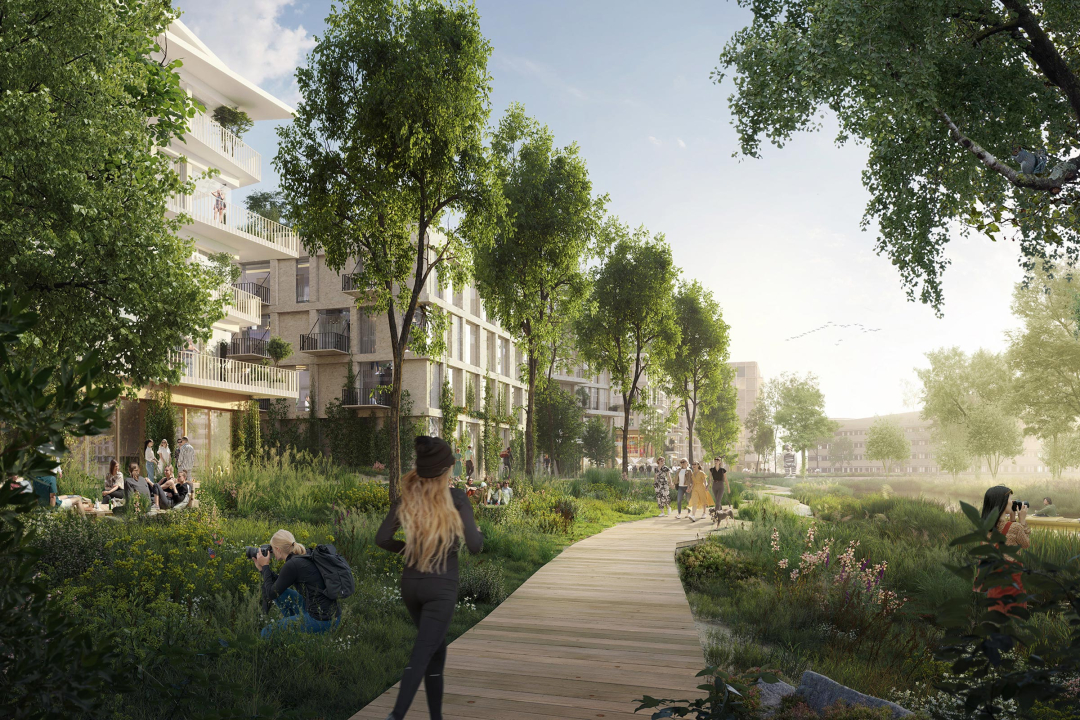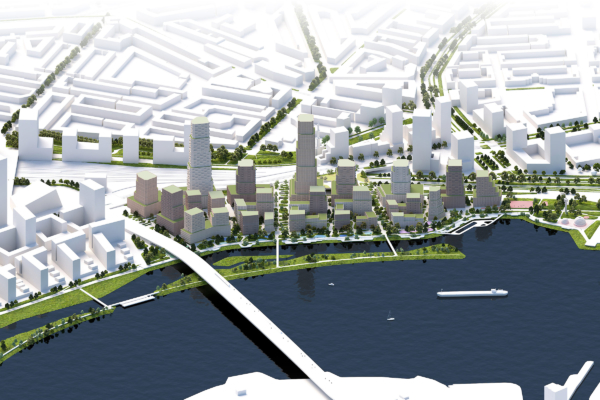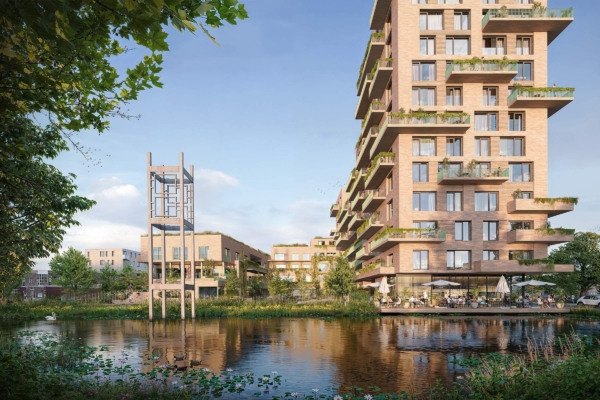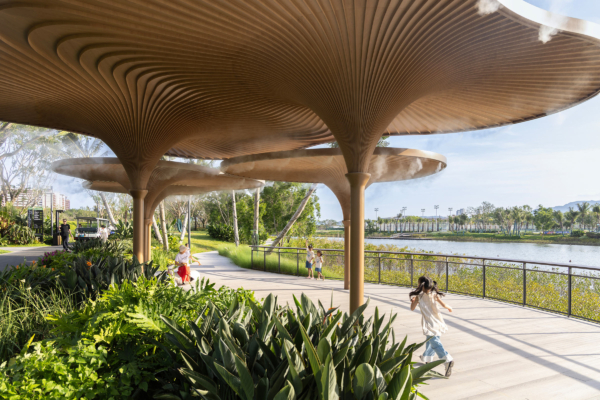LOLA Landscape Architects will design the landscape for the area near the NS railway station in Zwolle into a vibrant green creative district, called WärtZ. The winning plan got the green light, which consists of 850 homes for all ages, restaurants, educational institutions, public facilities, and makerspaces. The transformative ‘Spoorzone Zwolle’ turns a former industrial area into a rewilded neighbourhood that shows a promising young and innovative Zwolle. Moreover, it functions as a permanent ‘green stage’ for the creative makers in WärtZ by providing space for initiatives, festivities and art.
The former industrial site will undergo a spatial and programmatic transformation, aligning with the Spoorzone Master Plan and the Memorandum of Principles established by the Municipality of Zwolle and NS. This transformative initiative by area developer AM in collaboration with LOLA, MVRDV, Orange Architects, Skonk, and others, will continue to the entire planning area which encompasses major ambitious goals in energy, mobility, circularity, and climate.
A bridge between city and nature
Based on the principles of urban rewilding, nature regains its course and brings people closer to nature. What is now largely asphalt becomes part of a large natural canvas for makers, residents, and visitors. The public space takes inspiration from the landscape of the river IJssel valley that once characterized this area, bringing it back to a more urban context. By embracing the benefits of spontaneous vegetation growth and introducing controlled urban rewilding in targeted urban areas, nature is restored and given its maximal potential to thrive. The urban dunes shaping the inner public spaces contrast the fragments of the existing industrial elements, creating an unexpected and exciting space. As a largely car-free inner-city area, WärtZ gives more space for biodiversity, urban rewilding, and outdoor social encounters than if the public space was used for roads, crossings, and car parking. WärtZ is to be an energy-positive, circular and CO2-neutral urban development, aligning with the city’s sustainability ambitions and the future of our planet.
